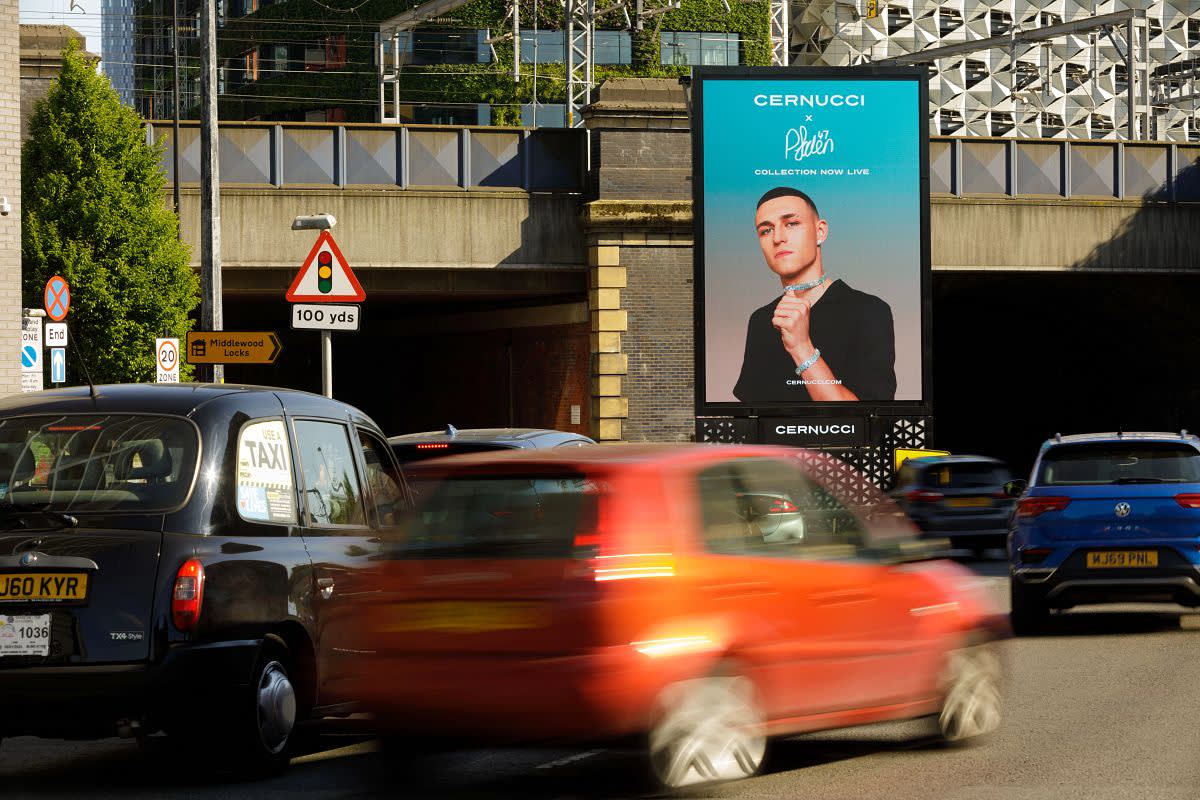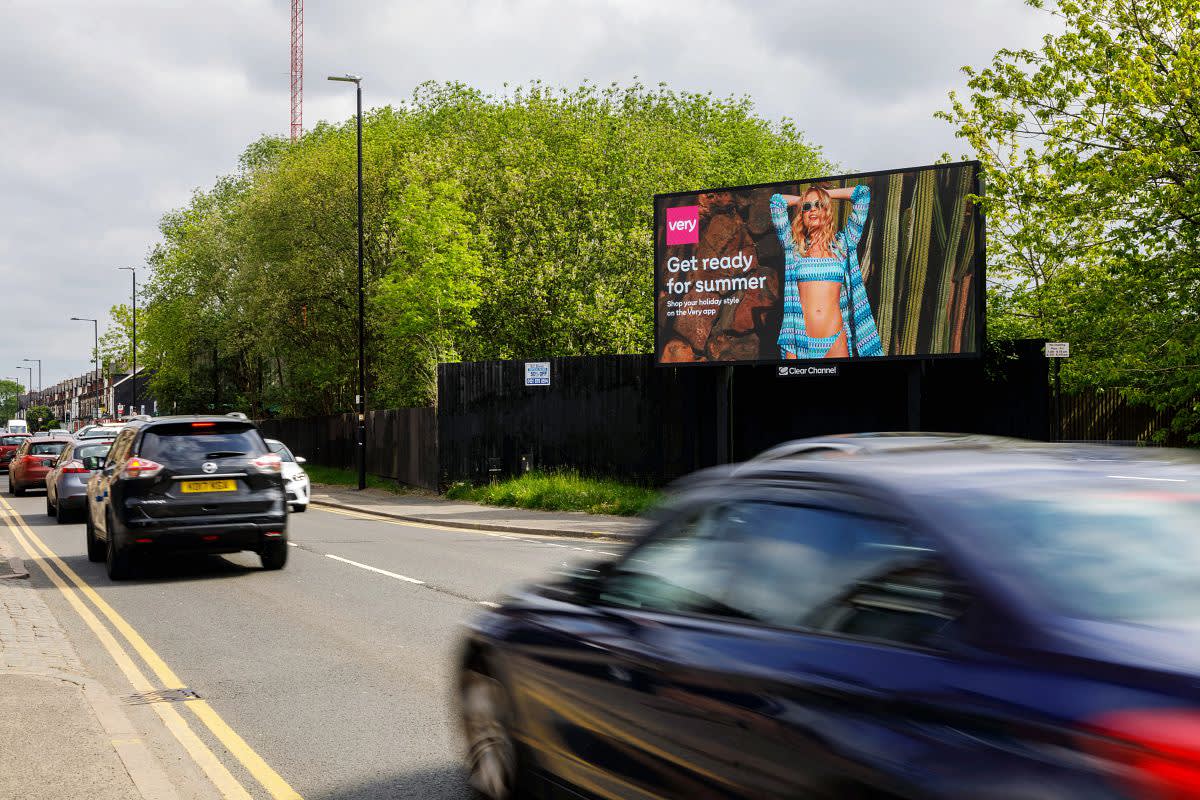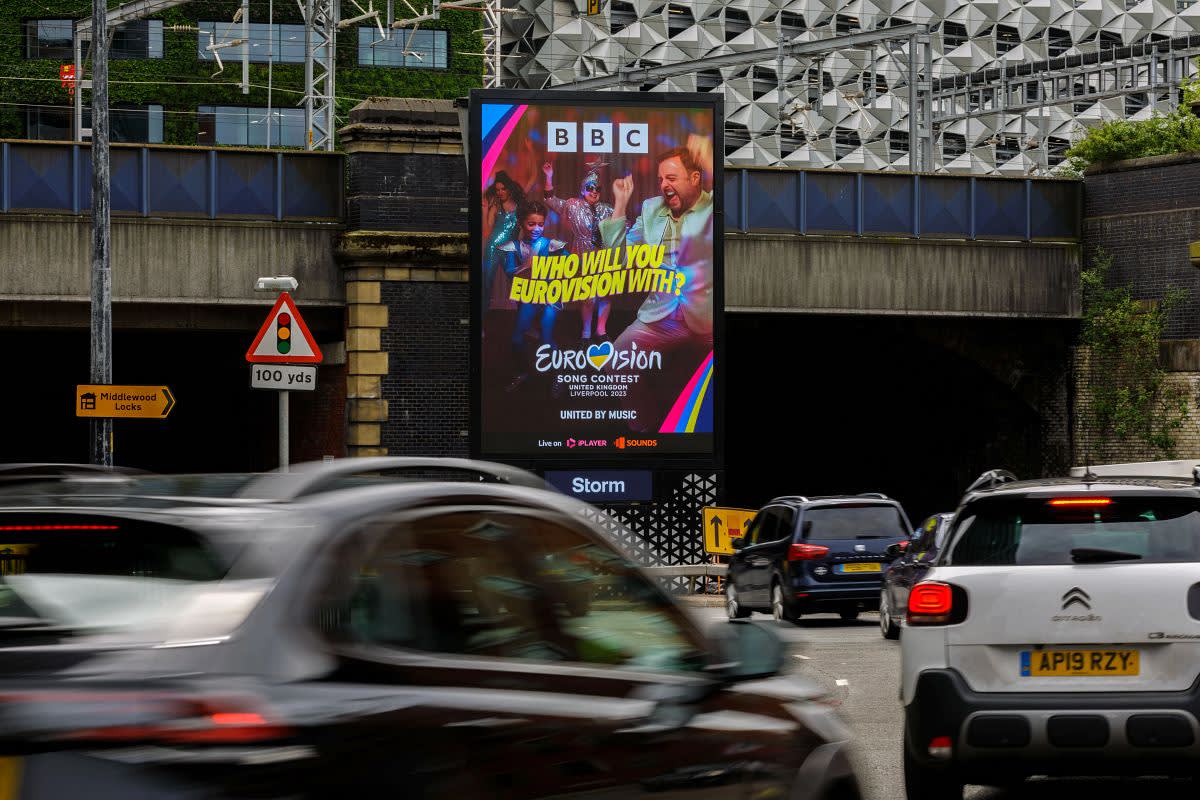Billboard advertising is a tried and tested medium. It’s been around in some form for thousands of years, and makes up a large chunk of the £901 million spent on advertising in the UK during 2021.
But being popular doesn’t automatically make something a worthwhile investment. It’s perfectly reasonable to wonder if billboard advertising works and, if so, just how effective it is. In this guide, we’ll aim to answer those questions and any others relating to the effectiveness of billboard advertising.

Is billboard advertising effective?
The simple answer is yes, billboard advertising is effective. We might be biased, but the data doesn’t lie – a single 48-sheet poster will be seen over 170,000 times a fortnight, proving that billboard advertising is an incredibly effective way of reaching large numbers of the population.
Reaching customers isn’t the whole job, though. Billboard advertising only works because audiences respond well when shown this type of advert. Research from Statista shows that 40% of consumers trust billboard advertising (35% trust TV and 19% do newspapers), which is why they’re open to being communicated with in this way.
But, as with all things, success isn’t a given. Effective billboard advertising relies on careful planning, an audience-centric strategy and a killer creative. If armed with all of these, brands and organisations of all sizes can enjoy the effects of billboard advertising.
The effects of billboard advertising
The outcome of any billboard campaign will depend upon its unique goals and context. However, results can usually be defined under one of three broader categories: reach, activation and fame.

Reach
As we’ve already established, billboards are seen by large numbers of the public on a regular basis. Getting the attention of this many people without having to pay the hefty costs associated with TV advertising is one of the biggest benefits of billboard advertising.
The scale of reach that billboard advertising has means that building brand awareness is one of its core use cases. The same applies to businesses undergoing a rebrand or wanting to improve their brand image. These organisations often turn to billboard advertising to communicate their new image quickly and effectively.

Activation
The OOH industry has undergone a transformation over the past decade, with the rise of digital billboards bringing new levels of interactivity and audience measurement. Innovations such as this have made activating customers (and accurately attributing these activations) a lot easier.
Clever placement, such as advertising your new food product on the route towards the supermarket that sells it, is one of the ways that brands can activate customers immediately. But as well as increasing sales directly, billboards can be used to uplift the performance of other marketing channels. For example, a digital billboard can invite its viewer to follow and tweet at a brand, before displaying said tweet onscreen in real-time. Or, if online sales are your goal, audiences can be advertised a promotional code to use on your website.
Because of this, billboard advertising’s ROI is not just high, but scalable. This plays a large part in why 96% of marketers* are satisfied with the returns of their OOH campaigns. Sales, leads, social media follows – whatever your KPI, billboard advertising can help you to achieve it.

Fame
The public recognition and perception of a brand are hugely influenced by where and when people come into contact with it. As billboards are both a dominating and trusted medium, they lend a sense of legitimacy, quality and popularity to the brands that use them.
Although closely linked to reach, brand fame is a different beast altogether. A brand can reach thousands of potential customers via billboard advertising but if the creative isn’t memorable, brand fame won’t be achieved.
Why is billboard advertising effective?
When we delve a little deeper into why billboard advertising works, it’s clear that there are a number of reasons why it’s effective. Here are some of the key ones:
1. Visibility
Billboards are unmissable – they’re strategically placed in prominent positions and, unlike sponsored social media posts, they can’t simply be scrolled past or skipped. They’re also rarely competing for attention against other adverts, which is often the case in the saturated online advertising landscape.
2. Simplicity
Due to limited space and exposure time, billboards typically feature a short message that can be quickly and easily absorbed. Combined with a simple but eye-catching design, this makes the message more memorable, leaving a lasting impact.
3. Repetition
Billboards are usually placed in high-traffic areas, where they’re seen by thousands of people. A lot of these people pass by the same billboard every day, such as commuters on their regular journey to work. Just like learning times tables, this repeated exposure helps to reinforce the message and cement its place in the audience’s minds.
4. Positive association
Although effective, billboard advertising is one of the least aggressive forms of marketing. Unlike the email marketing lists and unskippable YouTube pre-rolls that consumers are bombarded by daily, billboards don’t force themselves on the audience but, instead, draw the audience towards them.
Billboard ads also often provide entertainment to people waiting for buses or walking the same boring route home. Interactions like this mean consumers generally have more positive emotional associations with billboards than a lot of other types of advertising.
Measuring the effectiveness of billboard advertising
There are a few different ways to measure the effectiveness of a billboard. Traditionally, location data (e.g. how many cars/people travel the route each day) provided the best estimation of how many people had seen a billboard. Over time, measurement techniques evolved to include overlaying GPS data and other information onto these routes. If advertisers wanted to know how billboard advertising contributed to revenue, they could look at the correlation between campaign dates and sales increases.
But these days, we don’t have to estimate. Audience insights and measurement are more readily available, and digital billboard advertising takes this one step further. Through the use of eye-tracking sensors, we can report not just on how many people have passed a billboard, but also how many have looked directly at it.
To follow the customer journey through to the point of sale, brands can include links, hashtags and other unique tracking parameters within their creatives. Any interaction with these links can be confidently attributed to the billboard campaign.
To discuss how to best measure the effectiveness of your billboard campaign, contact us now. Our expert team can help you to devise performance markers and answer any questions you might have about the effects of billboard advertising.
Start your billboard campaign
Interested in learning more about billboard advertising? Fill in our form and one of our team will be in contact shortly to answer your questions and get started on your next campaign.



